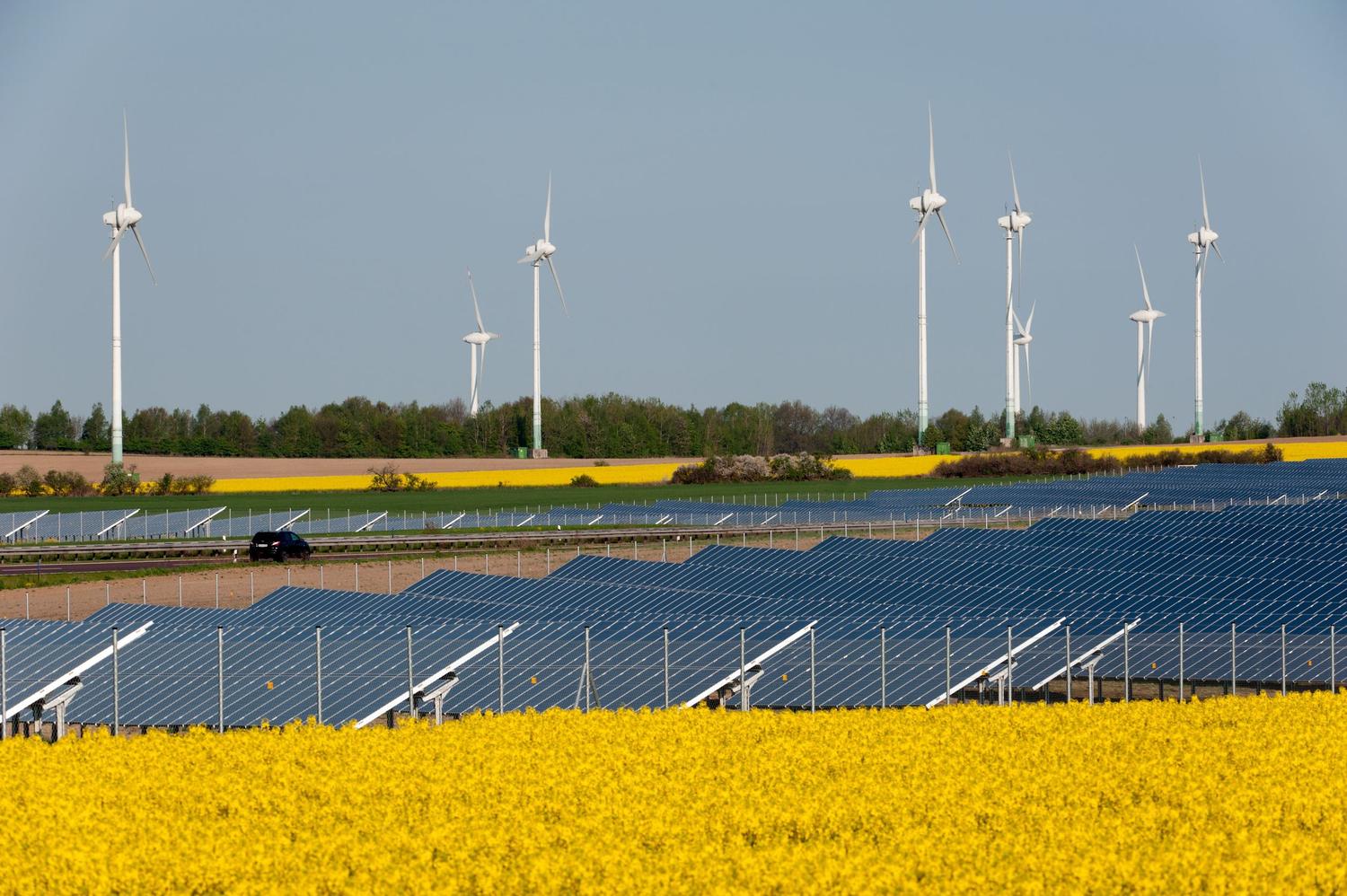“Technology forcing is a regulatory strategy that establishes currently unachievable and uneconomic performance standards to be met at some future point in time. ... Basically, technology forcing sets regulatory standards and provides incentives for achieving the standards or disincentives for not achieving them.”
The recent changes in the US INDC in response to the Paris Accords commit to elimination of CO2 emissions from electric generation by 2035 and net zero CO2 emissions from all sectors of the US economy by 2050. These commitments and the legislative and regulatory actions which must flow from them are clearly technology forcing in that they will require both uneconomic decisions and the implementation of technologies which are either unavailable or uneconomic. The US “electrify everything” approach is the extreme case of government picking winners and losers, which in the past has not been a notable government skill.
Roger Pielke, Jr. has suggested a simple method for tracking progress toward the Administration’s 2035 target for electric generation emissions. His method identifies the need to close an average of 11 coal and natural gas generating stations each month, beginning immediately. Forcing the closing of “used and useful” generators before the end of their economic life is certainly uneconomic in that it results in a dead weight loss. Closing the generators is “easy”, though it might well become legally contentious.
Replacing the fossil generating capacity with renewable generating and storage capacity would not be “easy”, nor would it be economic since it would require financial and operational incentives. These renewable incentives would also disadvantage the remaining fossil generating fleet, as has already been the case when renewable generation has been installed. Financial incentives reduce the cost of renewable power and environmental dispatch provides delivery preferences for the renewable power, reducing demand for and consumption of fossil-generated power.
Siting of power generation and transmission facilities has become a long and difficult process as the result of requirements for environmental impact statements, protracted environmental and regulatory review and lawsuits filed by affected parties attempting to prevent the installation of the generation and transmission facilities. Maintaining the schedule required to achieve net zero electric generation emissions by 2035 would require immediate action to site and permit facilities. It would also likely require federal pre-emption and massive streamlining of the approval processes.
The Administration’s commitment to source the required generation and transmission equipment from within the US would require massive increases in wind turbine and solar collector manufacturing capacity, as well as massive increases in the production of the steel for the turbine unipoles and the support structures for the solar collectors and of the cement required for the concrete used to support the unipoles and solar collector mounting structures. The energy requirements for the steel and cement production would result in increases in US CO2 emissions before the new renewable generation could begin to displace existing fossil generation.
Achieving the Administration’s commitments, if even possible, would require a level of effort reminiscent of “Rosie the Riveter”
